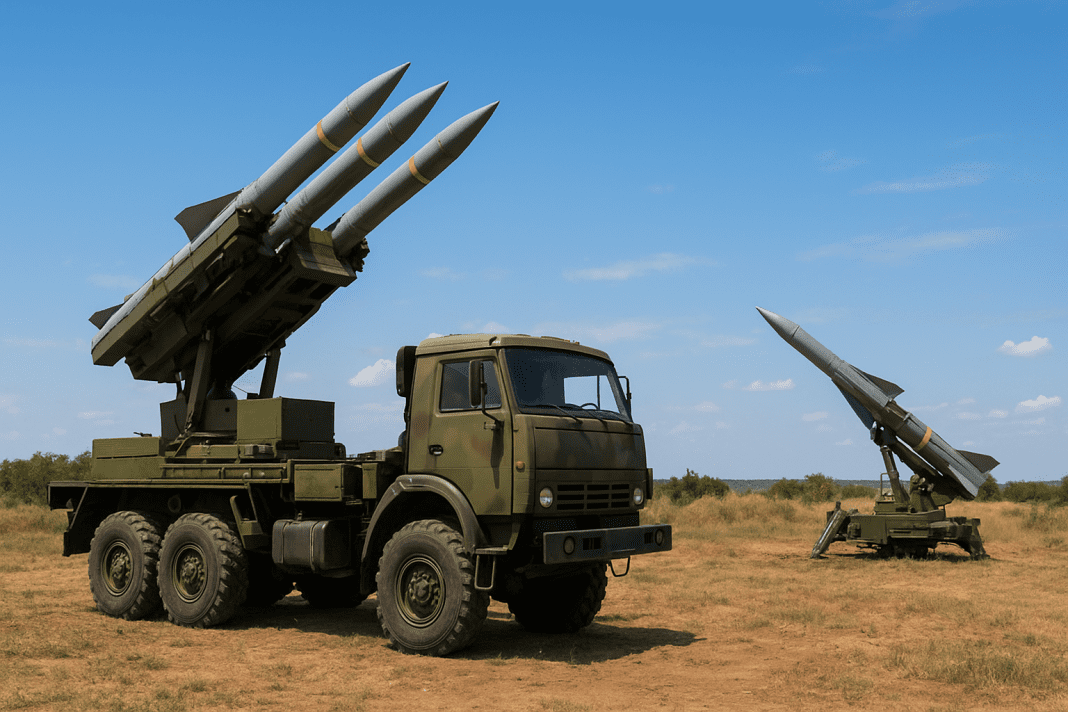In 2023, Hezbollah engaged Israel in a high-intensity conflict that exposed both strengths and weaknesses in the group’s military capabilities. At the start, Hezbollah appeared confident, with over 150,000 rockets, Hezbollah missiles, thousands of trained fighters, and a complex network of infrastructure developed over two decades. However, Israeli forces quickly demonstrated technological superiority, intelligence innovation, and overwhelming firepower, dismantling much of Hezbollah’s arsenal.
Hezbollah Missiles and Arsenal Rising
Despite the damage, Hezbollah is now actively rebuilding. The group is restructuring its forces, focusing on Hezbollah missiles, rockets, drones, and supporting infrastructure. Previously, Hezbollah’s firepower depended on large artillery networks, with Iranian-made Fateh-110 ballistic missiles hidden inside homes and rocket launchers spread across southern Lebanon.
The Israeli Defense Forces (IDF) effectively neutralized this system. Most Hezbollah missiles were intercepted or destroyed before launch, while heavy rockets such as Fajr-5 and Grad caused some destruction but could not sustain prolonged attacks.
Hezbollah seeks to restore relations with Saudi Arabia amid escalating strikes in Lebanon
A major logistical challenge limited Hezbollah’s rocket launches. Moving ammunition, setting up launchers, and deploying wounded commanders created delays. During the conflict, the group never fired more than 230 rockets in a single day, according to IDF data. Israeli operations, such as Operation Gadid Tamarim, destroyed hundreds of launchers within hours. Even when Hezbollah concentrated fire, Israel’s Iron Dome air defense system intercepted most rockets, highlighting the group’s operational vulnerabilities.
Cheap, Deadly, and Hard-to-Stop Hezbollah Missiles
Hezbollah’s simpler weapons proved surprisingly dangerous. The Burkan rocket, a basic explosive barrel with a small motor, was hard for Israel to intercept. Anti-tank missiles like the Almaz, which can be guided with onboard cameras, allowed precise attacks on vehicles and structures while fired from hidden locations. While advanced defense systems like Israel’s Trophy protect certain vehicles, homes, infrastructure, and farming equipment remain vulnerable.
This has led Hezbollah to shift toward a combination of “smart” Hezbollah missiles and simpler rockets. These weapons are smaller but more effective, making them harder to stop. Hezbollah is also investing in its air capabilities. Long-range cruise missiles, advanced attack drones such as the Shahed-129, and jet-powered Karrar drones were initially part of their air force, but Israel destroyed most of this elite fleet during the 2023–2024 conflict.
Hezbollah’s Money Network Under Siege as US Imposes Fresh Sanctions
However, the group’s use of low-cost, simple kamikaze drones presented a real threat. Flying bombs like Ababil-T, Samad-2, and the small Shahed-101 and Shahed-107 caused injuries and property damage while being inexpensive and easy to launch. Each one-way drone costs a fraction of larger models like the Shahed-129. Even after Israel destroyed five drone factories in Beirut, Hezbollah is rebuilding quickly, replenishing lost drones and expanding production.
The Next Battlefield with Missiles and Drones
The renewed capabilities focus on simplicity, concealment, and efficiency. Hezbollah missiles like Almaz can be fired from hidden positions, including shallow underground holes, making detection and neutralization more difficult. This reduces the need for large numbers of personnel while maintaining a potent strike capacity. Suicide drones, like the Shahed-101, are small, cheap, and highly mobile. They can be transported in containers the size of a TV cabinet, require minimal storage space, and can reach targets hundreds of kilometers away.
Canada study links Hezbollah fundraising to charities and international money laundering
These developments mean Hezbollah no longer depends heavily on massive underground bunkers or extensive infrastructure. The simpler, low-cost weapons are harder to detect and intercept, demanding fewer fighters and resources while still threatening Israel. The 2023–2024 conflict, also known as the Third Lebanon War, ended with a clear military victory for Israel, yet Hezbollah is now regaining strength at a faster pace and with more flexible tactics.
Israel’s air force and missile defense systems remain critical in countering these threats. But Hezbollah’s strategy emphasizes low-cost, hard-to-stop weapons, including a mix of Hezbollah missiles and simple drones, which could make future conflicts increasingly challenging. The ongoing rebuilding effort highlights the group’s adaptability and the continued focus on rockets, Hezbollah missiles, and drones as central components of its military strategy.
